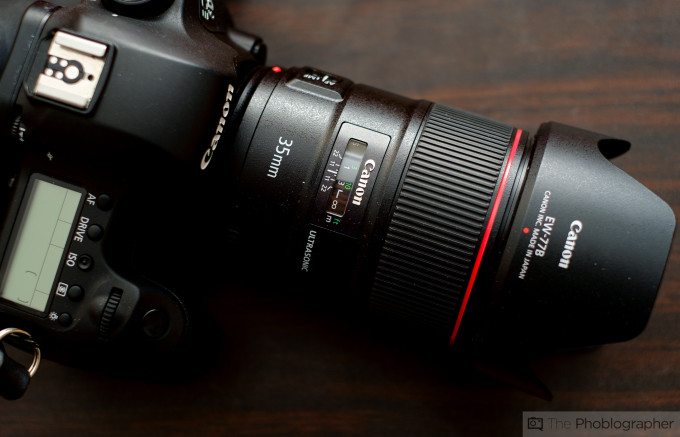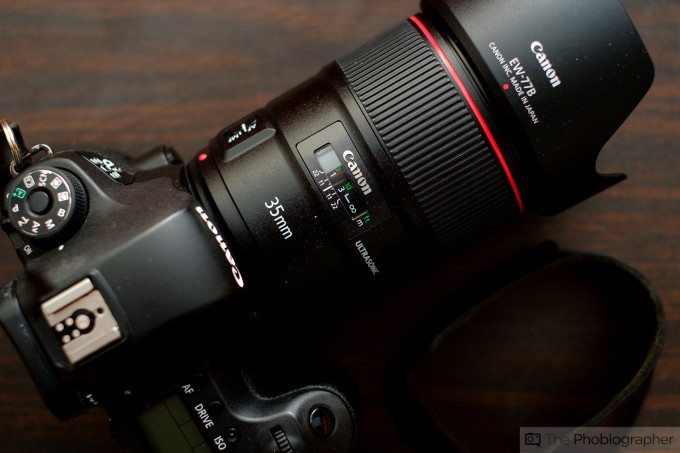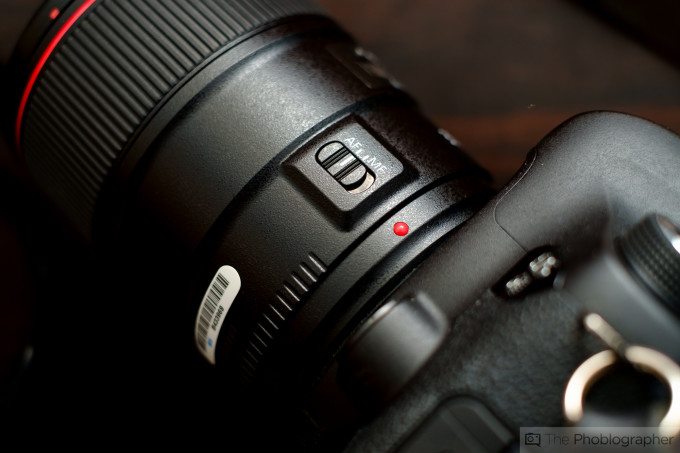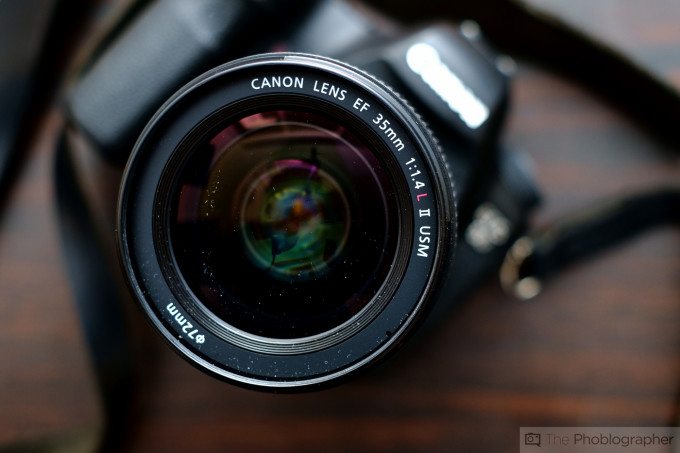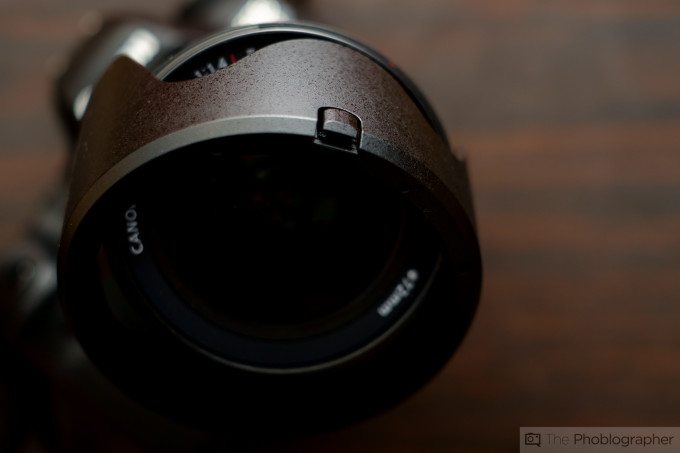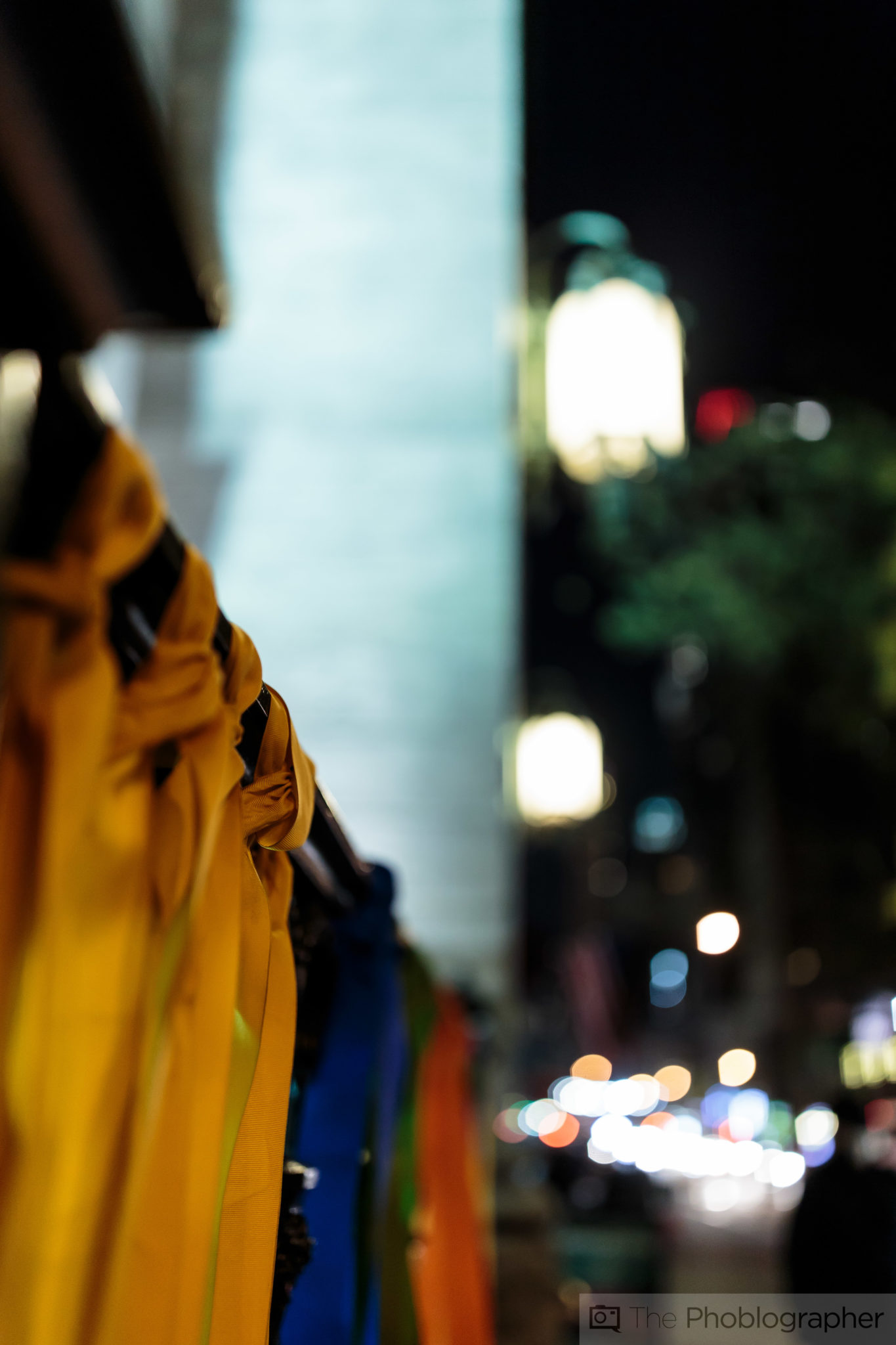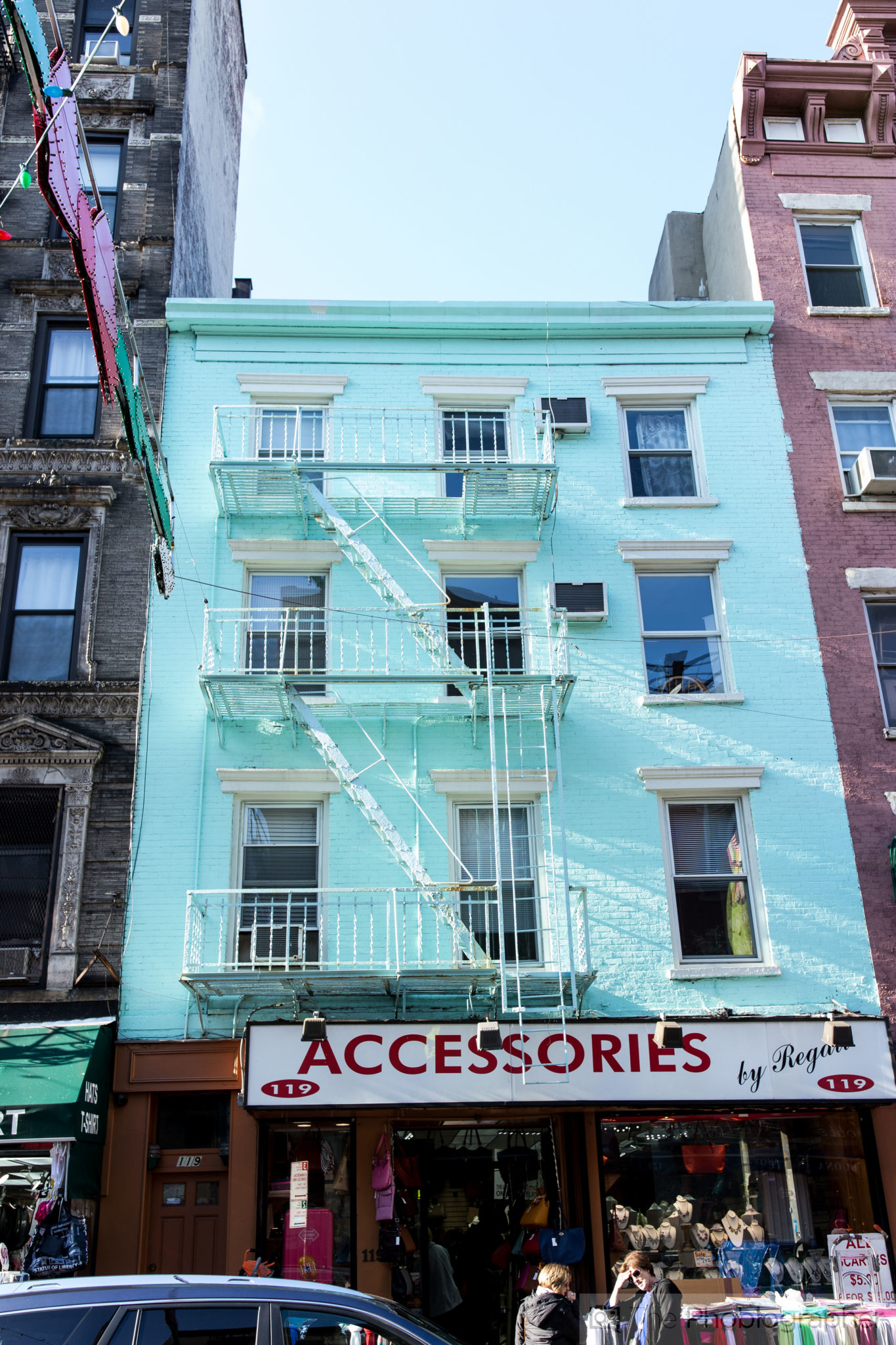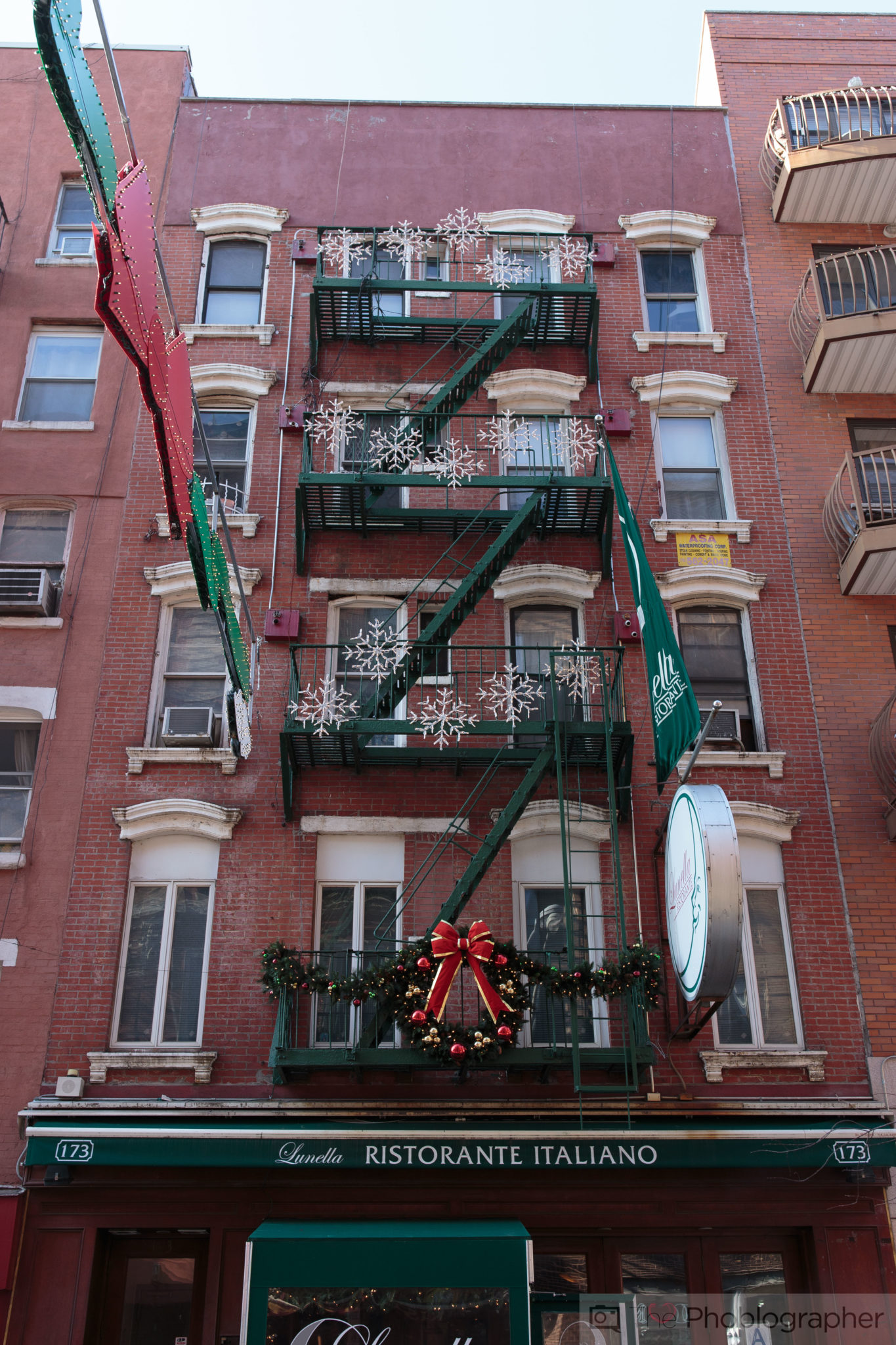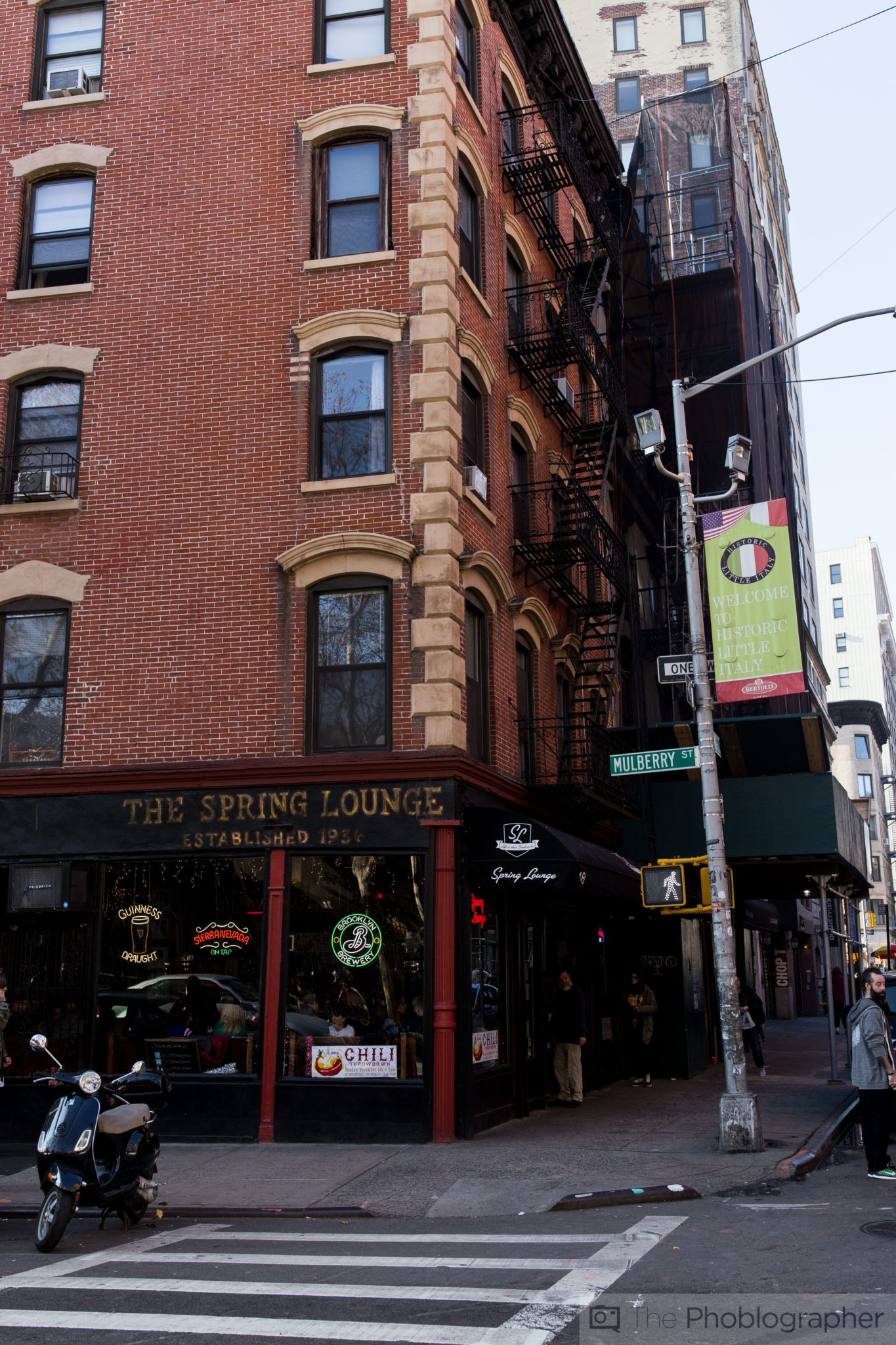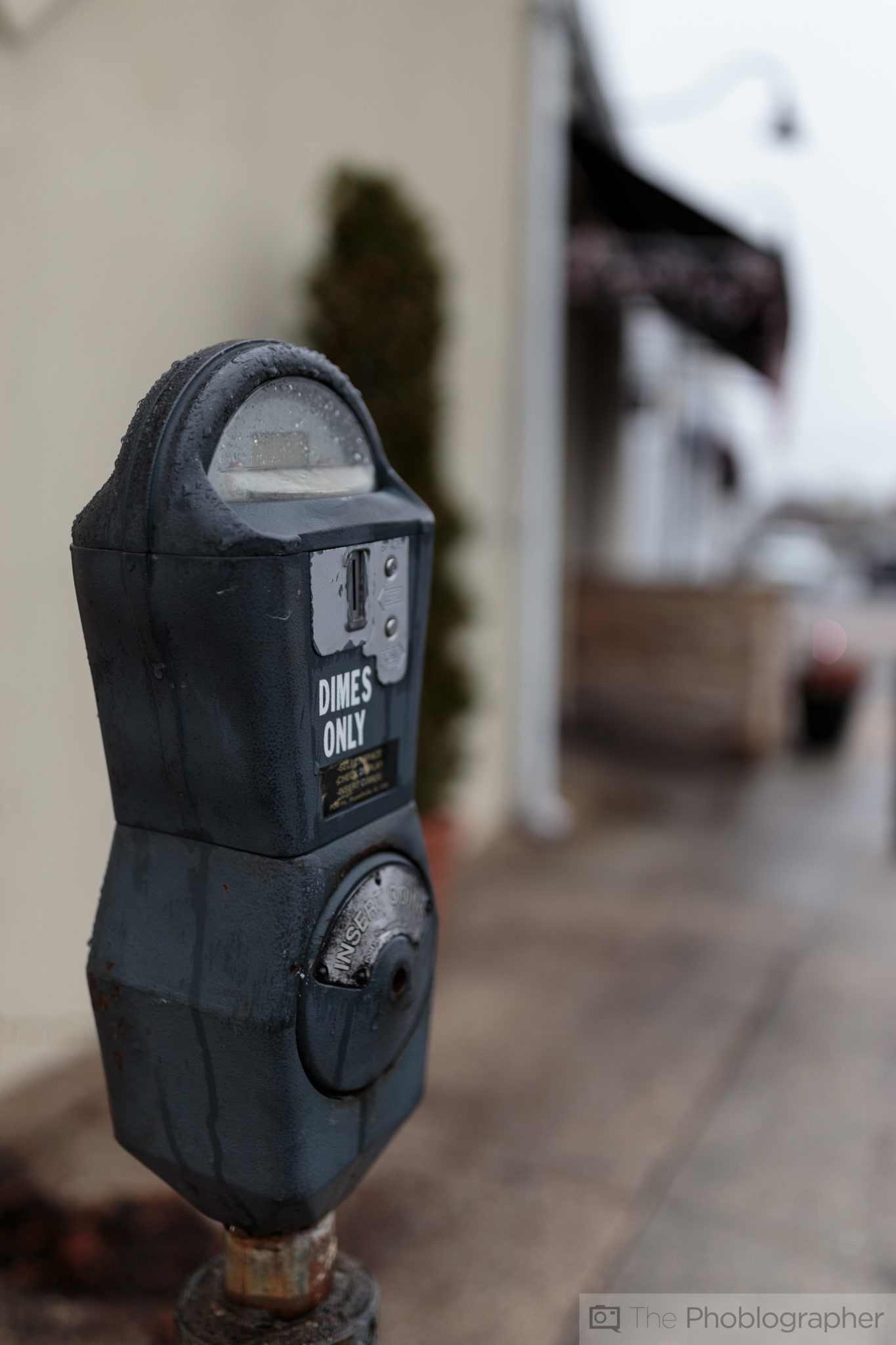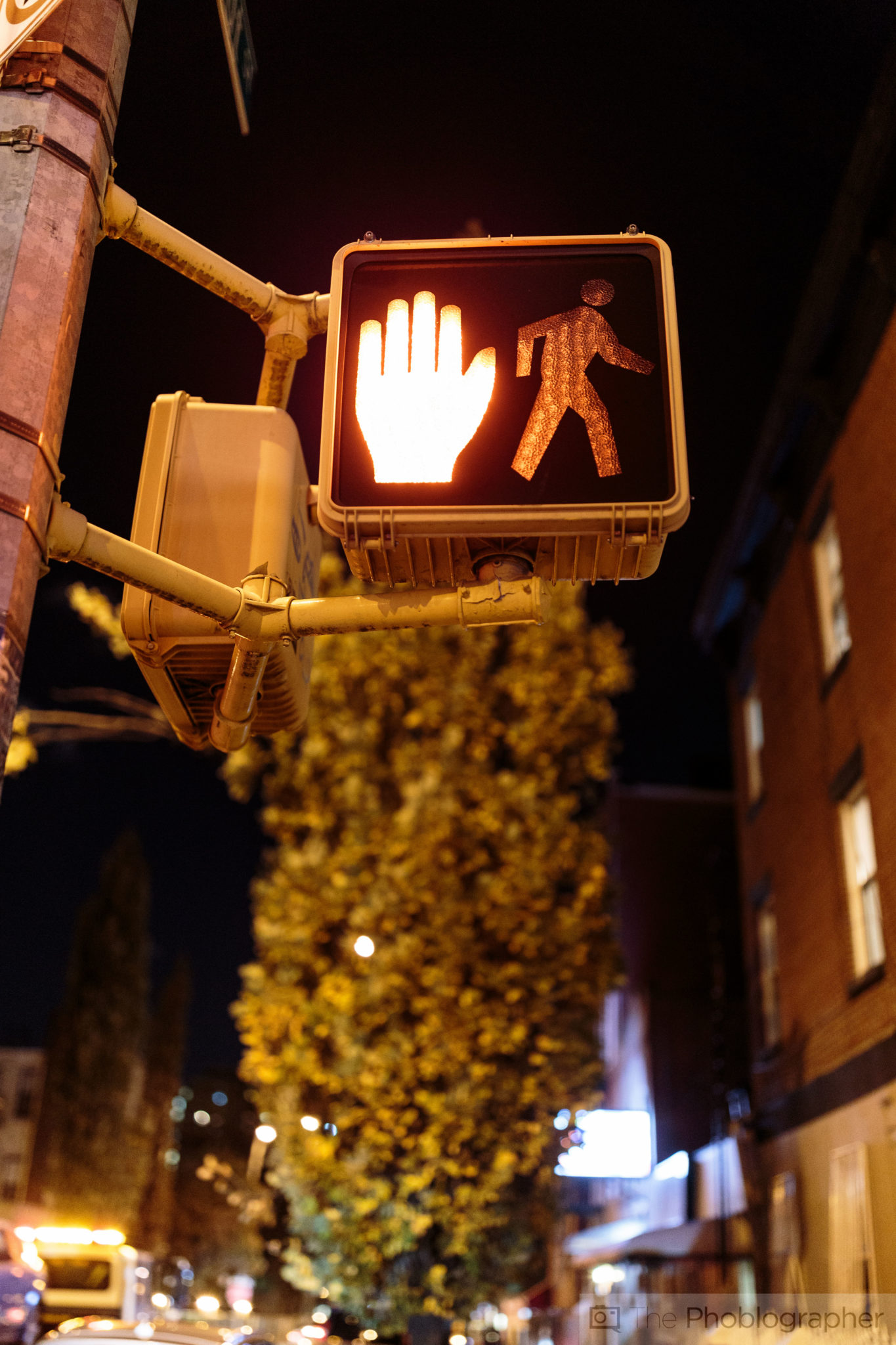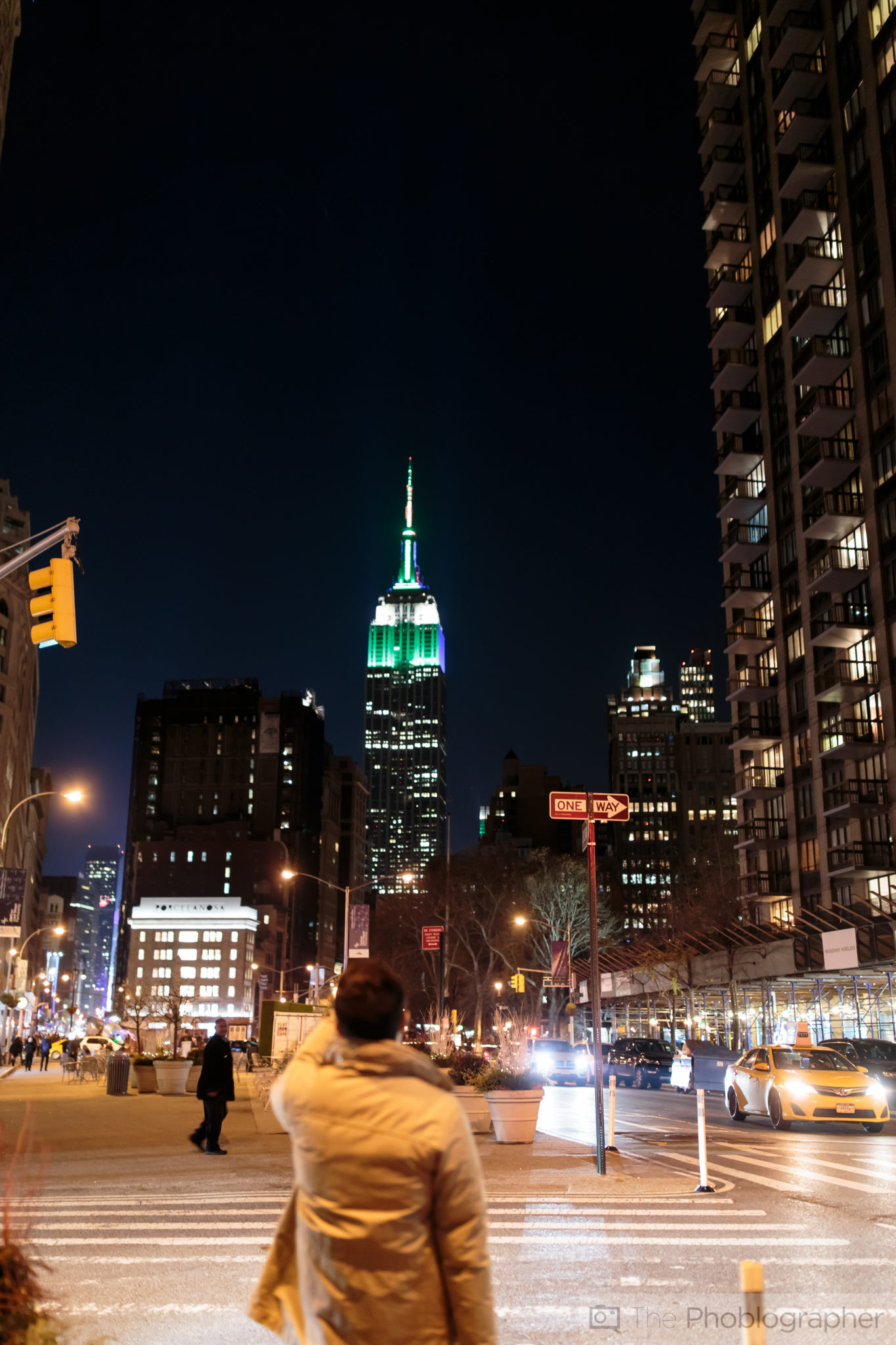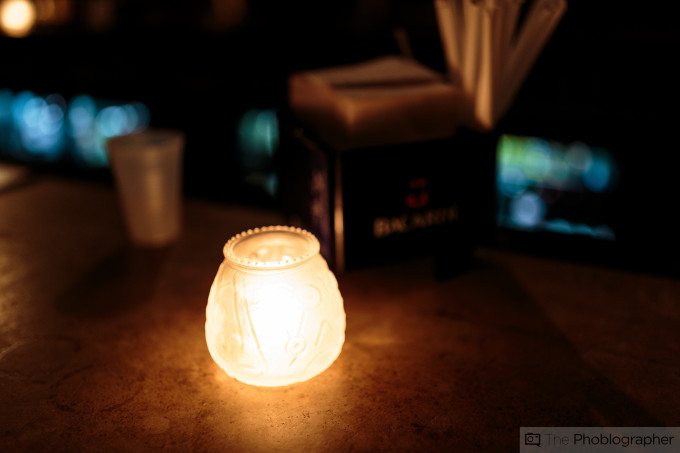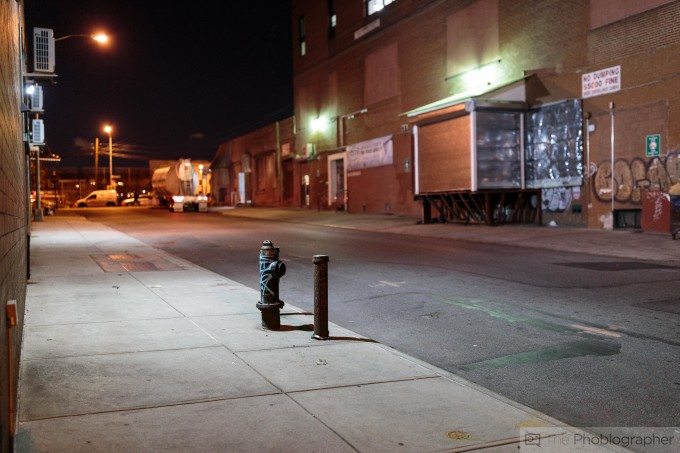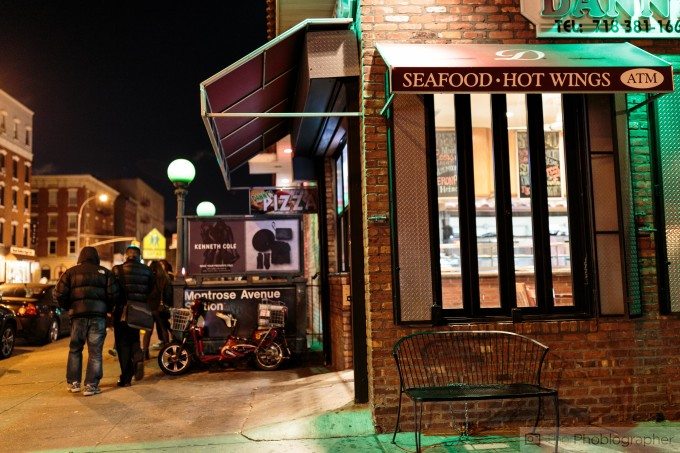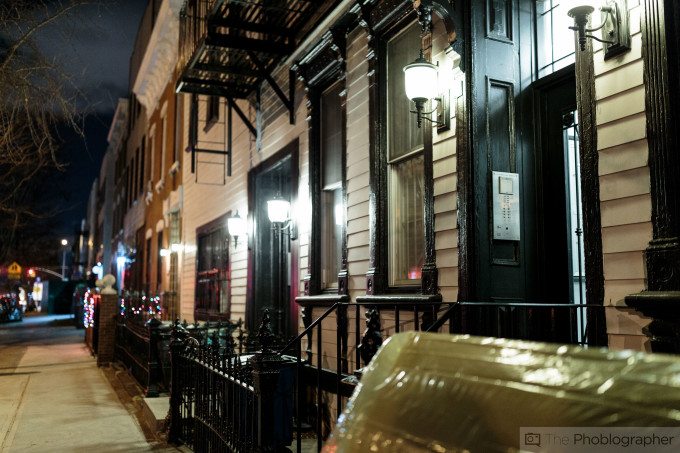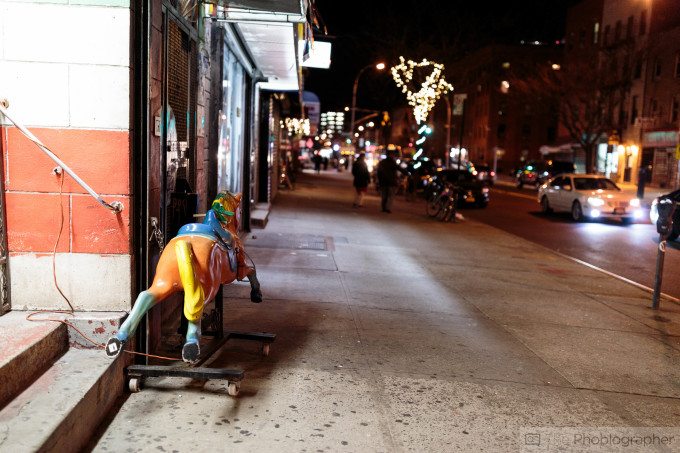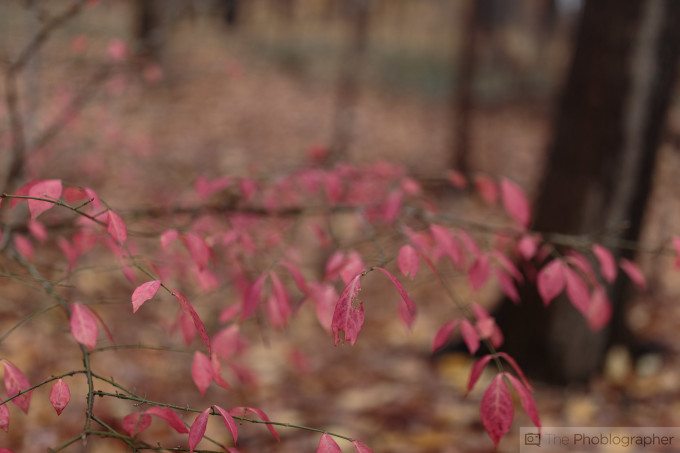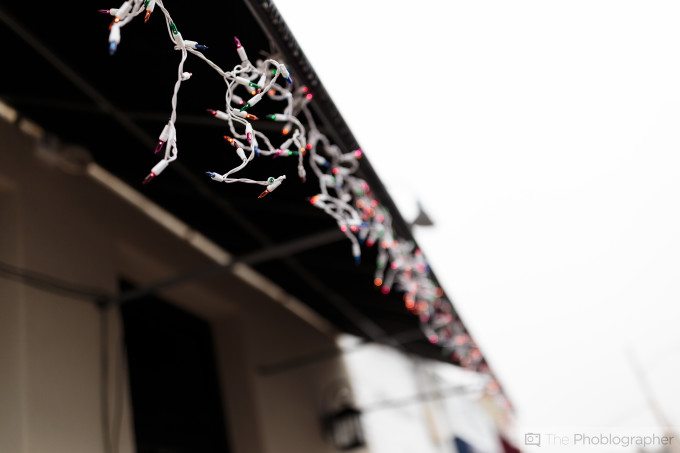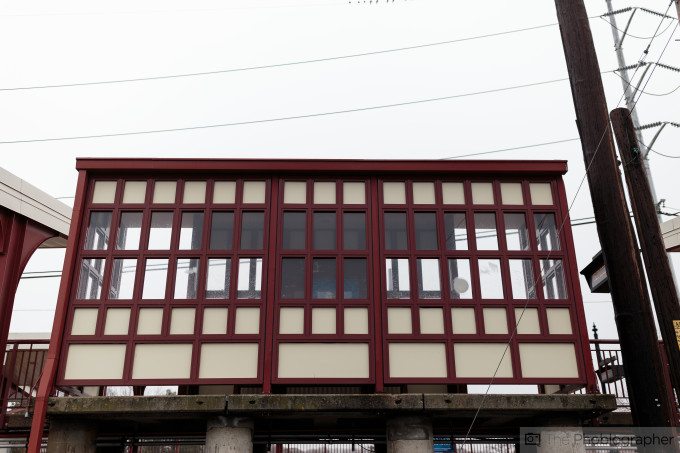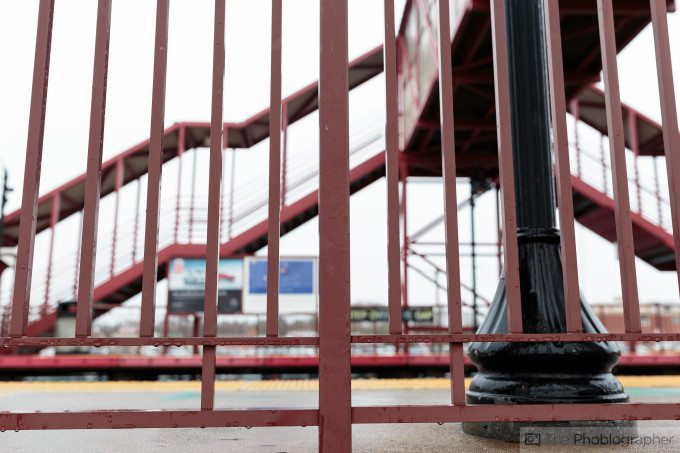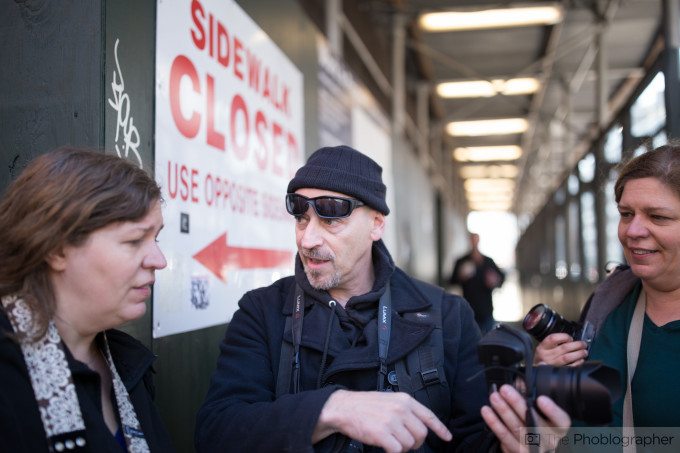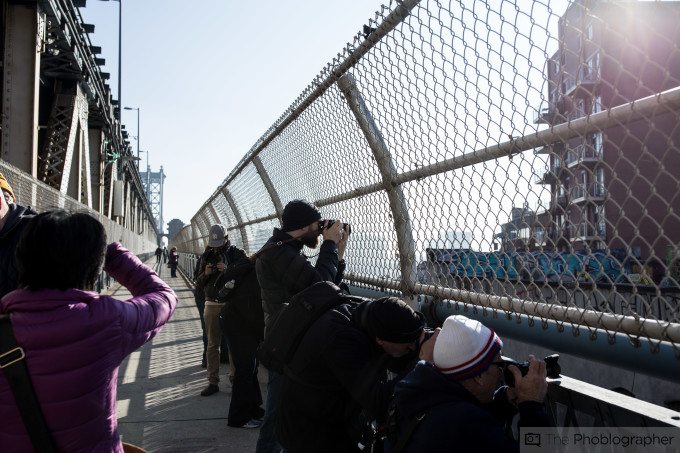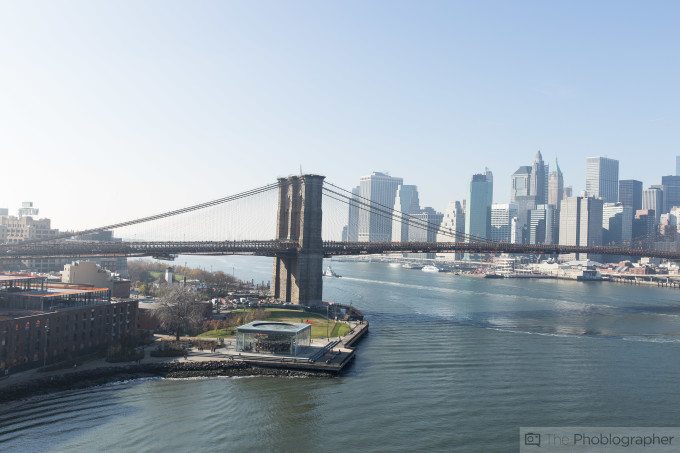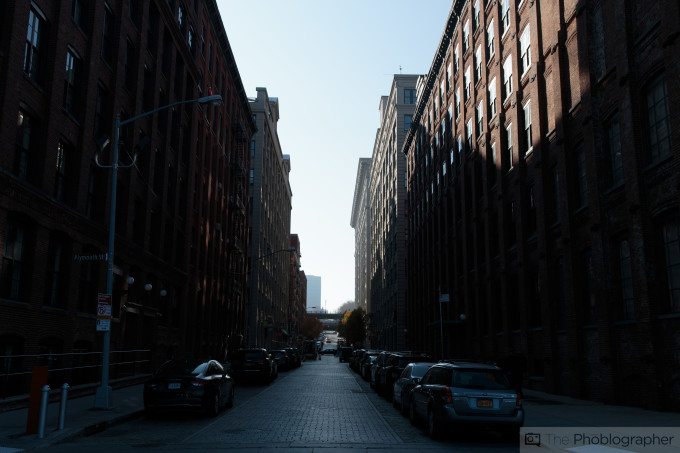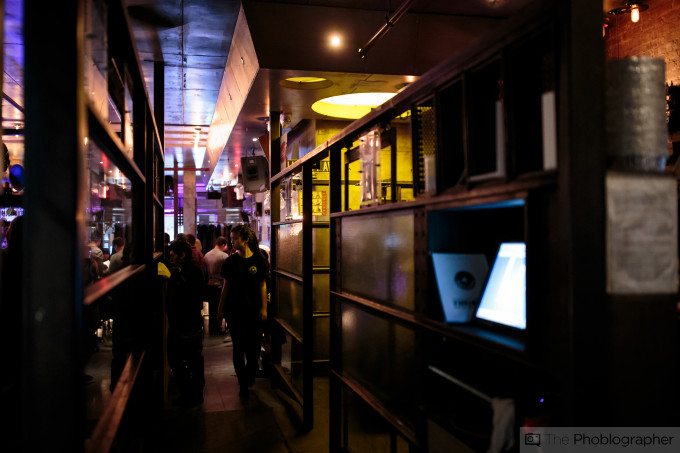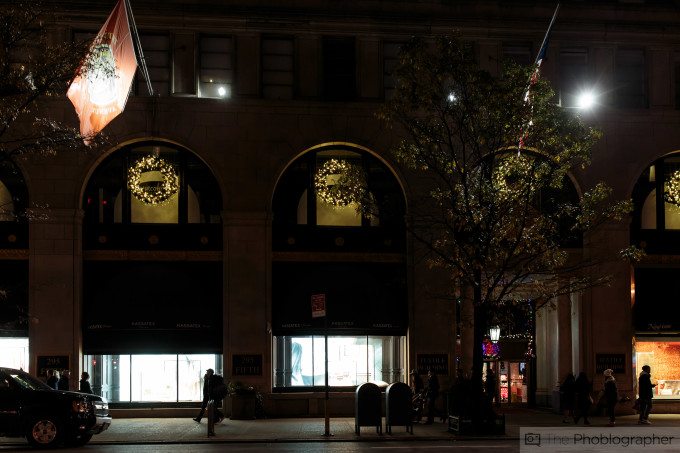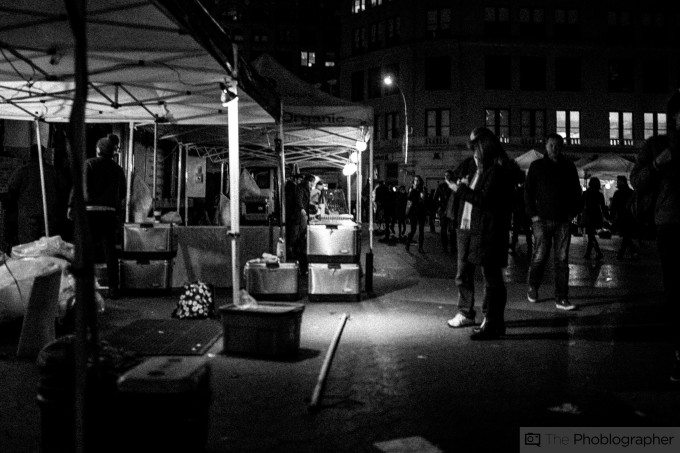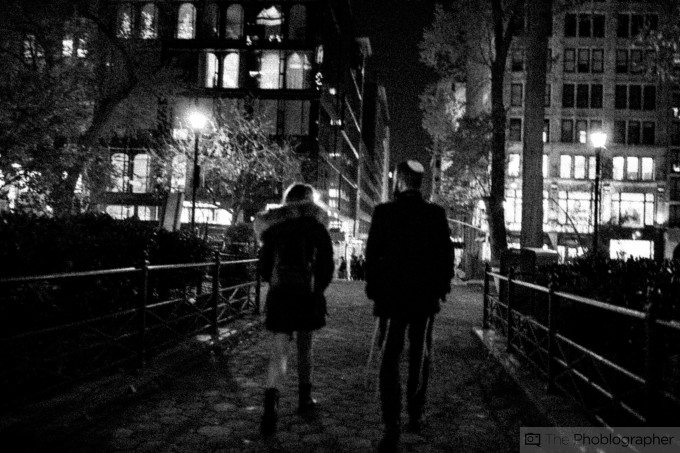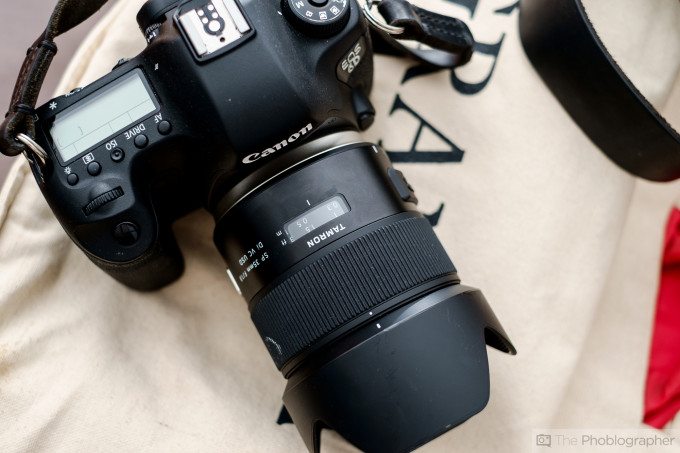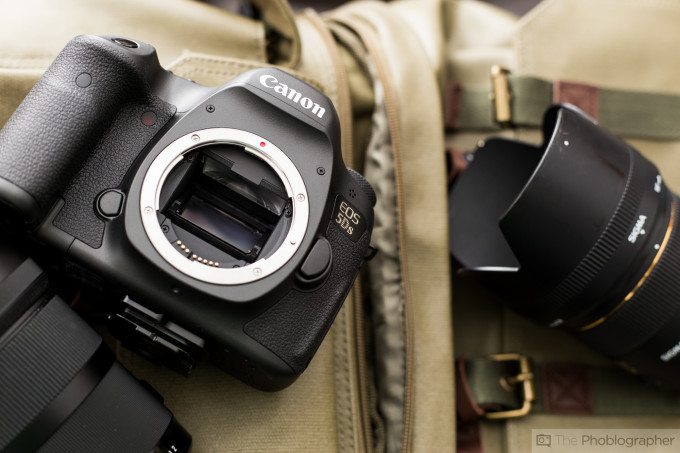Last Updated on 12/08/2015 by Chris Gampat
It’s been nearly 20 years since Canon released the first 35mm f1.4 L USM lens for the Canon EF mount. For a few years, that lens was my bread and butter optic. Then one year, Sigma released the 35mm f1.4 Art lens–and that quickly replaced the aged Canon offering. Earlier this year, Canon announced their response to the new line of absolutely stellar 35mm lenses that have recently been released from various manufacturers: the 35mm f1.4 II L USM.
So what are the big upgrades? Canon incorporated a Blue Refractive optic into the lens that’s supposed to cut down on color fringing, added weather sealing, and a textured surface–at least those are the biggest changes. That, and for some odd reason that big, bright red ring seems even brighter.
Earlier on, we saw that Sigma still takes a very slight advantage: but is it enough to make you want to spend approximately double the money?
Pros and Cons
Pros
- Fast focusing
- Great skin tones
- Color rendition that is saturated enough for most folks
- Weather sealing
- In some ways less post-production work but in other ways requires more
Cons
- Almost double the price of the Sigma version with the only major advantage being weather sealing.
- Canon has had almost 20 years to create a new lens and for some folks it may be tough to tell the difference between one or the other.
- Why is there no IS?
Gear Used
The Canon 35mm f1.4 L USM II was tested with the Canon 6D, Phottix Laso triggers with the Canon 580 EX II and 430 EX II, and the Adorama Flashpoint Zoom Li-on flash.
Tech Specs
Specs taken from the B&H Photo listing for $1,799.
| Features | |
|---|---|
| Autofocus | Yes |
| Physical | |
|---|---|
| Filter Thread | Front: 72 mm |
| Dimensions (DxL) | Approx. 3.17 x 4.15″ (80.4 x 105.5 mm) |
| Weight | 1.67 lb (760 g) |
| Packaging Info | |
|---|---|
| Package Weight | 2.45 lb |
| Box Dimensions (LxWxH) | 8.1 x 5.4 x 5.4″ |
Ergonomics
The Canon 35mm f1.4 L USM II is a lens that is very typical Canon. You’ll have this elegant jet black exterior on this lens with a giant rubber focusing ring. Beyond that, you’ll also be treated to a bit of a depth of field scale; at the same time this is barely a depth of field scale.
Of course, you know this is an L lens because of the famous Red ring around the front.
Move to the side of the lens, and you’ll find the only control on the unit: the AF/MF switch. While autofocusing, the lens is capable of manual focus override.
The front of the lens has a 72mm filter thread, so you’ll need some big Polarizers, ND filters or UV filters to mount to the front here. You’ll also find Canon’s branding.
The lens hood has a quick attach feature that makes attaching and detatching the hood easier. When you hear the click, you know it’s on. For what it’s worth though, the hood fell off at least three times during the lens testing period.
Build Quality
Consider the fact that this lens features weather sealing both internally and at the mount. To complete it, you may want to add a UV filter. Still though, this lens has weather sealing and that’s a big advantage.
The exterior of the lens is made of a textured plastic. Zeiss and Sony use metal while Sigma uses something that pretty much works like metal. Tamron has metal and weather sealing with their 35mm f1.8; and in some ways users may like that better.
Autofocus
The Canon 6D, which was used to test this lens, is prone to a couple of focusing issues, but in real life performance they’re really not as bad as everyone says they are if you maintain your lenses and camera contacts. However, the Canon 35mm f1.4 II and the Sigma 35mm f1.4 Art have the same focusing speed with Sigma taking an ever so slight advantage when it comes to focusing accuracy in low lighting. Perhaps this is because this particular lens and camera have become so used to one another as I own the Sigma version.
To ensure that I got this right, I went back, cleaned the contacts of the lenses and the camera and did another test. Indeed, Sigma can provide a bit more reliability but that reliability will only mean anything if you’re pixel peeping. Otherwise, don’t bother.
Ease of Use
For the folks that go for Canon L lenses, you’re bound to expect it to be simple to use. Indeed, this lens is very simple to use: just affix it to your camera, point, shoot and get giddy as you look at the beautiful images your camera and lens combined with render.
It’s so easy, even a caveman (or a cavewoman) can do it.
Image Quality
EXIF DATA FOR ALL IMAGES IS IN TACT. CLICK THE PHOTO AND YOU’LL GET THE EXPOSURE VALUES.

I’m quite torn over the image quality from the Canon 35mm f1.4 II L USM. It’s good. In fact, it’s fantastic: but there are better options out there in some ways. That will be explained more thoroughly in the conclusions.
So what should you know about this lens? It’s sharp, not very contrasty, fairly saturated, excellent with skin tones, has very nice bokeh and like many other lenses performs at its sharpest when a flash is used.
Bokeh

At f1.4, you’re going to get some absolutely beautiful bokeh for sure. It’s creamy and because of Canon’s less saturated colors it will be rendered a bit more like Kodak Portra. For that reason, photographers may really, really digg it.
If you’re just looking at the bokeh though, then you may appreciate the more saturated colors from Sigma. But with that said, I encourage every photographer to not get stuck in the traps involved in shooting an image just for the the bokeh.
Sharpness
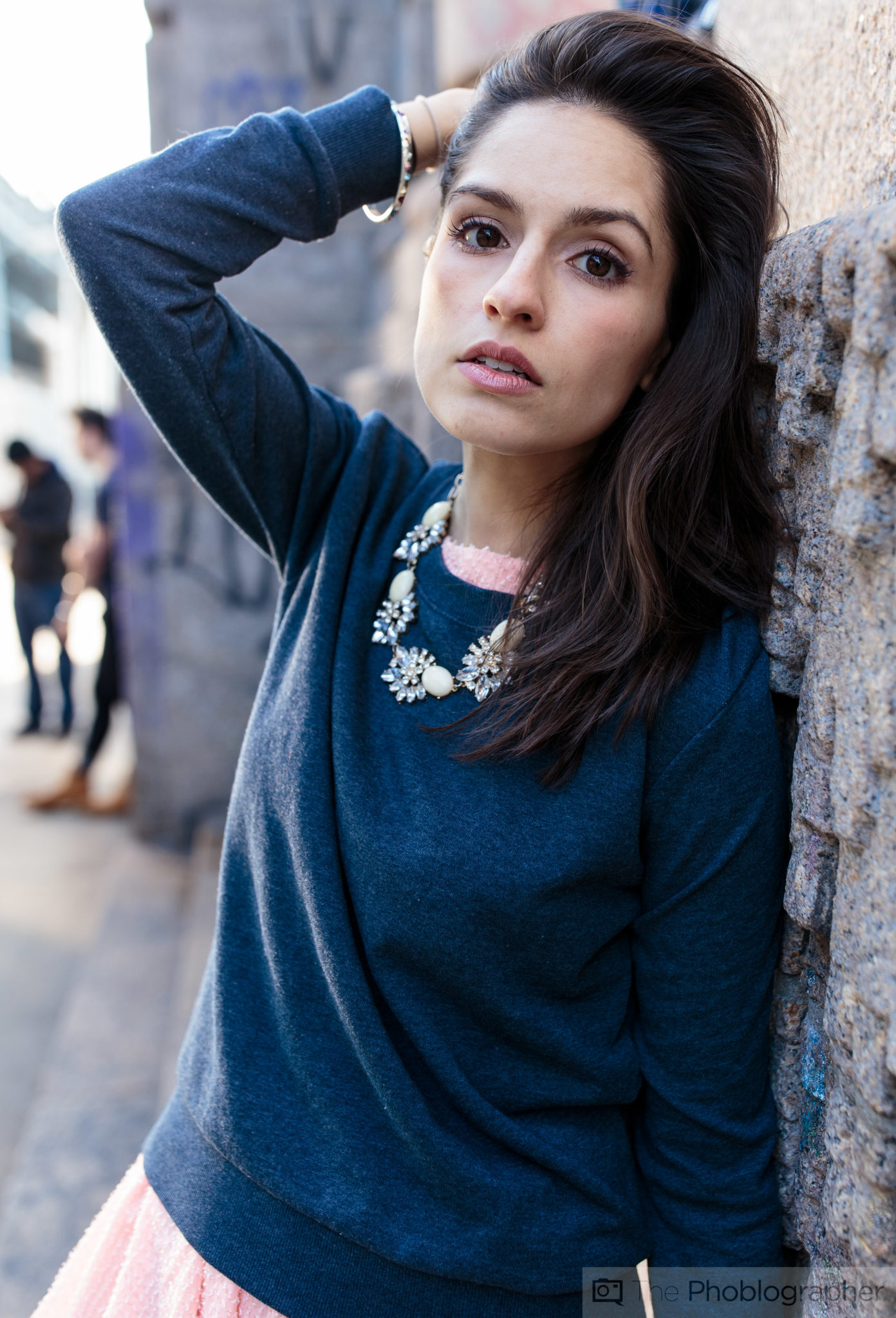
Like all other lenses, the best sharpness is rendered when a flash is used in the scene like in the one above. The sharpness offered at f1.4 is phenomenal; most photographers will be very happy with it. At f2.8 it becomes quite a bit better. By f8, the lens’s results will be better but not by much. The sweet spot here it around f4 or maybe even f3.5.
Color Rendition
Generally, colors here aren’t that saturated and Canon tends to render images cooler than I personally prefer. So you’ll also probably end up adding extra warmth to them and even boosting select colors via the saturation sliders in Adobe Lightroom.
If you want the more saturated look, then go for Sigma, Zeiss and Tamron.
Color Fringing
This is where Canon should really be commended. There is no purple fringing in an image like the one above. What the Blue Refractive optic also tends to do though is seemingly get rid of any sort of blues in lens flare. Creatively speaking, I really like blue in my lens flare; but that’s very personal.
Extra Image Samples
Use as an Artist
Use as an artist is a new section that I’m adding to reviews for the sole purpose that cameras and lenses deliver such stellar and similar performance these days that there needs to be some sort of talk about how they help a photographer achieve a creative vision in a scene that they capture.
The image above isn’t at all tack sharp and it was rendered in black and white, given lots of film grain, boosts to contrast and also a raise to the clarity levels. But to be honest, any camera with any lens can do this these days with Adobe Lightroom. It was a nice moment that I decided to capture, but this lens didn’t help me achieve my creative vision in any way specifically better than any other 35mm lens out there. If I were shooting a wedding, I’d probably say the same thing but the fact that there are people involved means that I have less saturation to do to the orange channel. If I were a landscape shooter, I’d need to boost saturation overall to selective color channels–and that would be a major nuisance.
The same editing setup applies to the image above. It was shot with a Canon 35mm L II, but to be honest I could have created this image with almost anything you hand me. It isn’t perfectly in focus either at 100% but when you look at the image as a whole you won’t really care. It’s a beautiful moment caught between two people walking in the park, surrounded by lights, and that’s all. We don’t know who they are, and honestly it’s not important. But artistically speaking, the composition and lines all draws your eye to them.
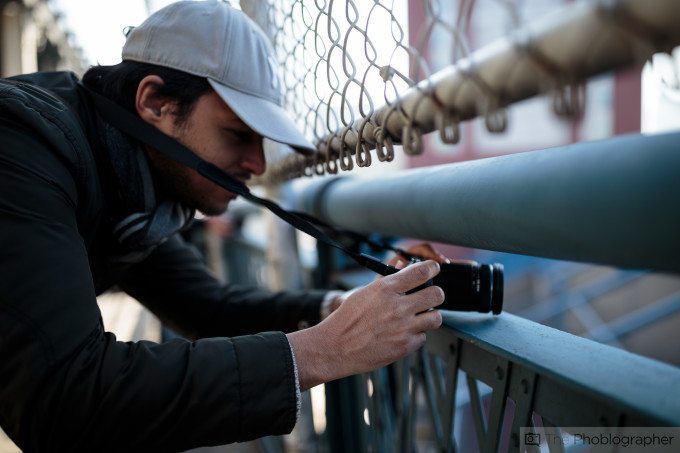
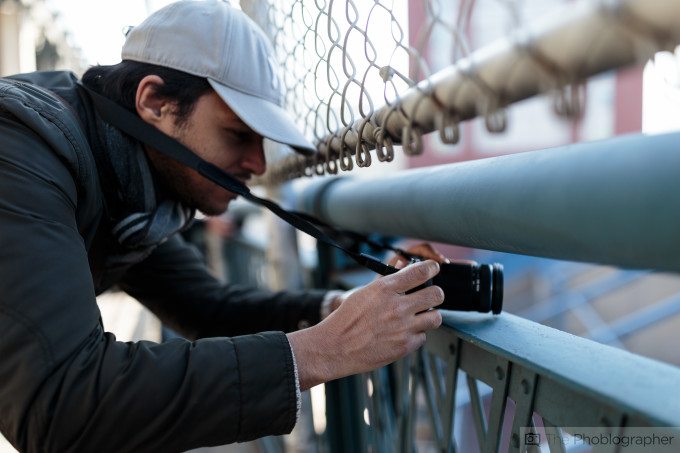
In Adobe Lightroom, you can also remove the vignetting. Personally, I prefer the look of it in the image. It isn’t really apparent but instead subtle. In a way, it adds to the image.
So can the Canon 35mm f1.4 II L USM help me achieve a creative vision that I have any better than what Sigma, Tamron or Zeiss can offer? To be honest, not at all. They’re all so incredibly similar that what it comes down to is a feature set of the lens to make it function and work differently from everything else out there. With that said, post-production is a thing that is so common and pretty much needs to be done these days.
Conclusions
Likes
- Less saturated colors for portraits
- Weather sealing
Dislikes
- Excessive price
- I expected more
- Addition of IS would have been a nice feature
Let’s be very concrete here for a second: this is a bloody fantastic lens. The Canon 35mm f1.4 II L USM can render great image quality, beautiful bokeh, and will most likely appeal to the photographer that is smitten with Kodak Portra or Fujifilm Astia. If you were more of a Velvia, Kodachrome, Ektar, or Ektachrome person, then you’ll find yourself reaching for the big third party offerings. The autofocus is great in most situations, and this lens has weather sealing. As an actual lens, there is a specific market for this audience that will be very happy with the purchase.
But at $1,799 it’s also fair to be disappointed by this lens. Yes, you’ve got weather sealing; but the outside is built nowhere as well as what Sigma, Tamron and Zeiss offer consumers. If Canon offered image stabilization, I’d honestly say that this is the ultimate high end 35mm DSLR lens. If anything, you’d just need to add extra saturation to specific color channels. Plus, there is no stabilization, it isn’t leaps and bounds sharper than any of the third party competitors, and it still has a plastic exterior.
Canon had almost 20 years to deliver a better lens; but instead what Canon did was simply catch up to the rest. Does that make this a bad lens? No way! But at that price point, you’ve got so many other options:
- Sigma 35mm f1.4: with better exterior build quality and slightly sharper image quality for $899. Canon bests this lens with weather sealing and if you like the Portra look, colors too. Otherwise, Sigma can’t be beat. Weather sealing can’t be added in, but colors can be fixed.
- Tamron 35mm f1.8 Di VC SP: with better colors, image stabilization, weather sealing and a better exterior for $599. Canon bests Tamron with a faster aperture, lack of color fringing issues and sharper image quality performance right out of the camera. However, these can all be fixed in post-production.
- Zeiss 35mm f2 Milvus: Better colors, weather sealing, and top of the line exterior build quality for $1,117. Canon bests Zeiss with a faster aperture, autofocus (if you care that much about it) and a lack of color fringing issues. If you’re shooting landscapes, then autofocus isn’t a problem and nor is the aperture. Fringing can be fixed in post.
And guess what? All three of these lenses are cheaper. At nearly $2k though, I’d expect Canon to beat everyone else with no contest. Years ago, owning Canon L glass used to really mean something. But these days, I’m not sure if that really pertains anymore.
The Canon 35mm f1.4 II L USM wins 4 out of 5 stars for being a great lens. But it really should have been further ahead of the curve here. Amazon has them in stock at $1,799.
Recommended Cameras and Accessories
Canon 5Ds: This camera will take the fullest advantage of this lens’s sharpness and offer the most RAW file versatility.


